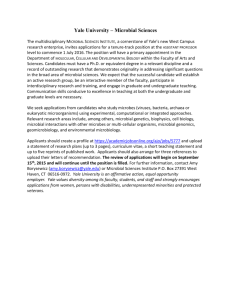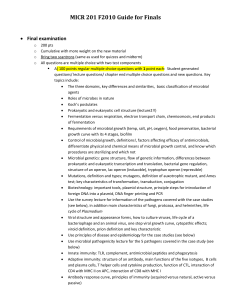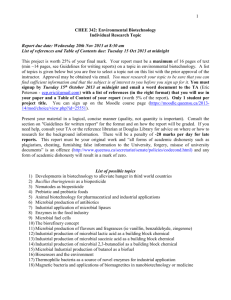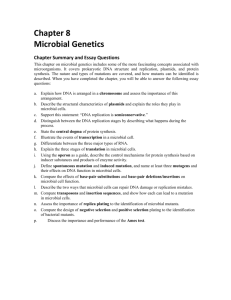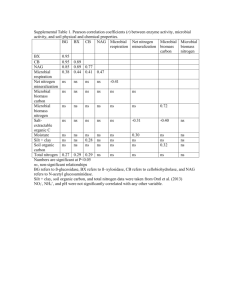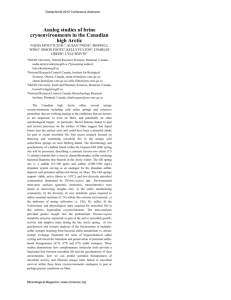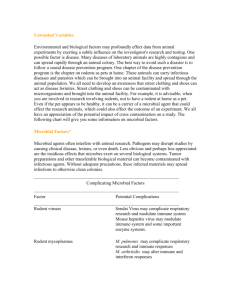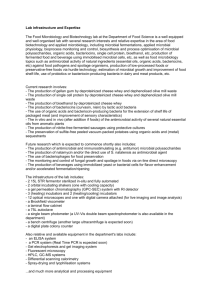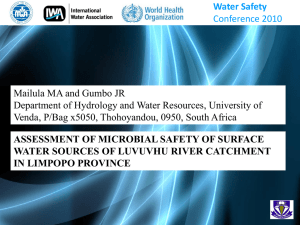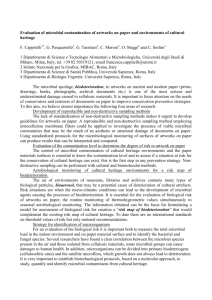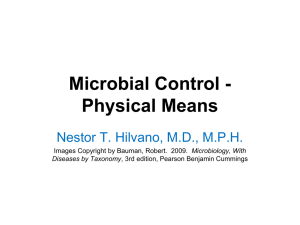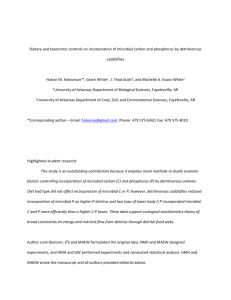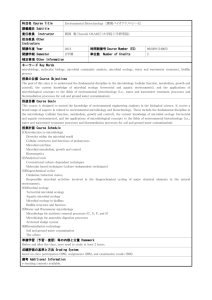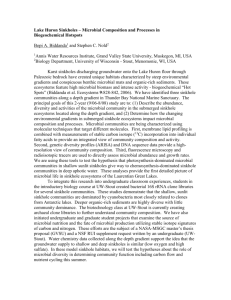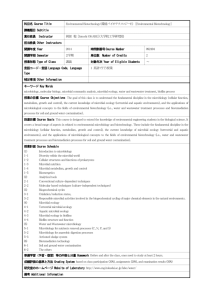Next generation sequencing technologies have produced an
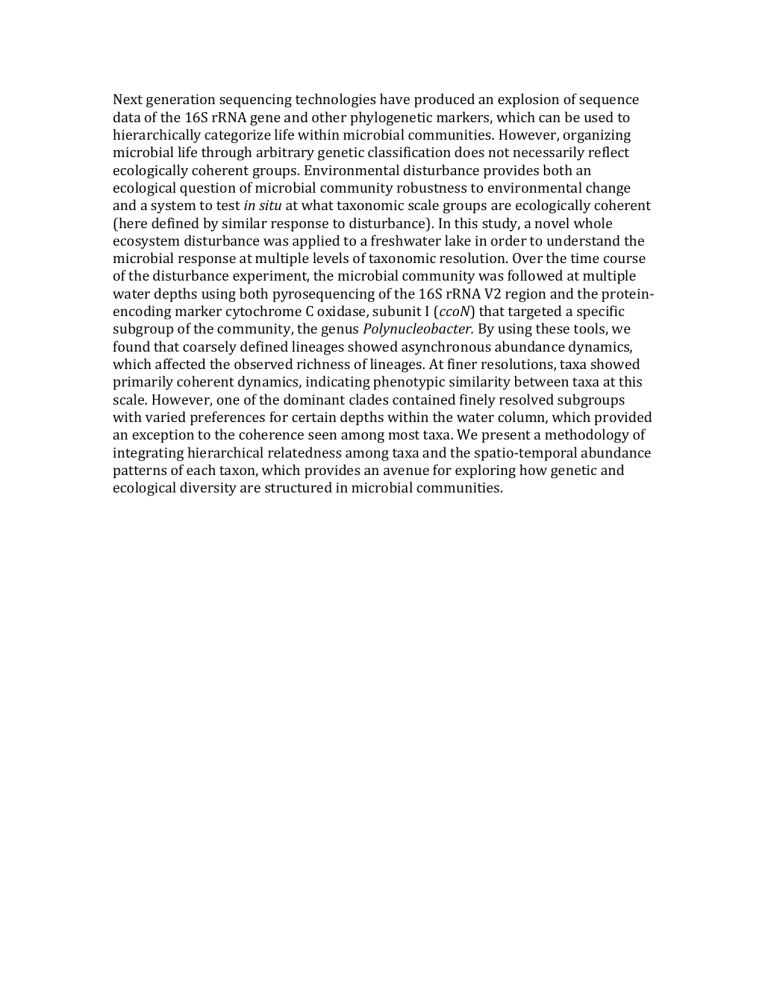
Next generation sequencing technologies have produced an explosion of sequence data of the 16S rRNA gene and other phylogenetic markers, which can be used to hierarchically categorize life within microbial communities. However, organizing microbial life through arbitrary genetic classification does not necessarily reflect ecologically coherent groups. Environmental disturbance provides both an ecological question of microbial community robustness to environmental change and a system to test in situ at what taxonomic scale groups are ecologically coherent
(here defined by similar response to disturbance). In this study, a novel whole ecosystem disturbance was applied to a freshwater lake in order to understand the microbial response at multiple levels of taxonomic resolution. Over the time course of the disturbance experiment, the microbial community was followed at multiple water depths using both pyrosequencing of the 16S rRNA V2 region and the proteinencoding marker cytochrome C oxidase, subunit I (ccoN) that targeted a specific subgroup of the community, the genus Polynucleobacter. By using these tools, we found that coarsely defined lineages showed asynchronous abundance dynamics, which affected the observed richness of lineages. At finer resolutions, taxa showed primarily coherent dynamics, indicating phenotypic similarity between taxa at this scale. However, one of the dominant clades contained finely resolved subgroups with varied preferences for certain depths within the water column, which provided an exception to the coherence seen among most taxa. We present a methodology of integrating hierarchical relatedness among taxa and the spatio-temporal abundance patterns of each taxon, which provides an avenue for exploring how genetic and ecological diversity are structured in microbial communities.



